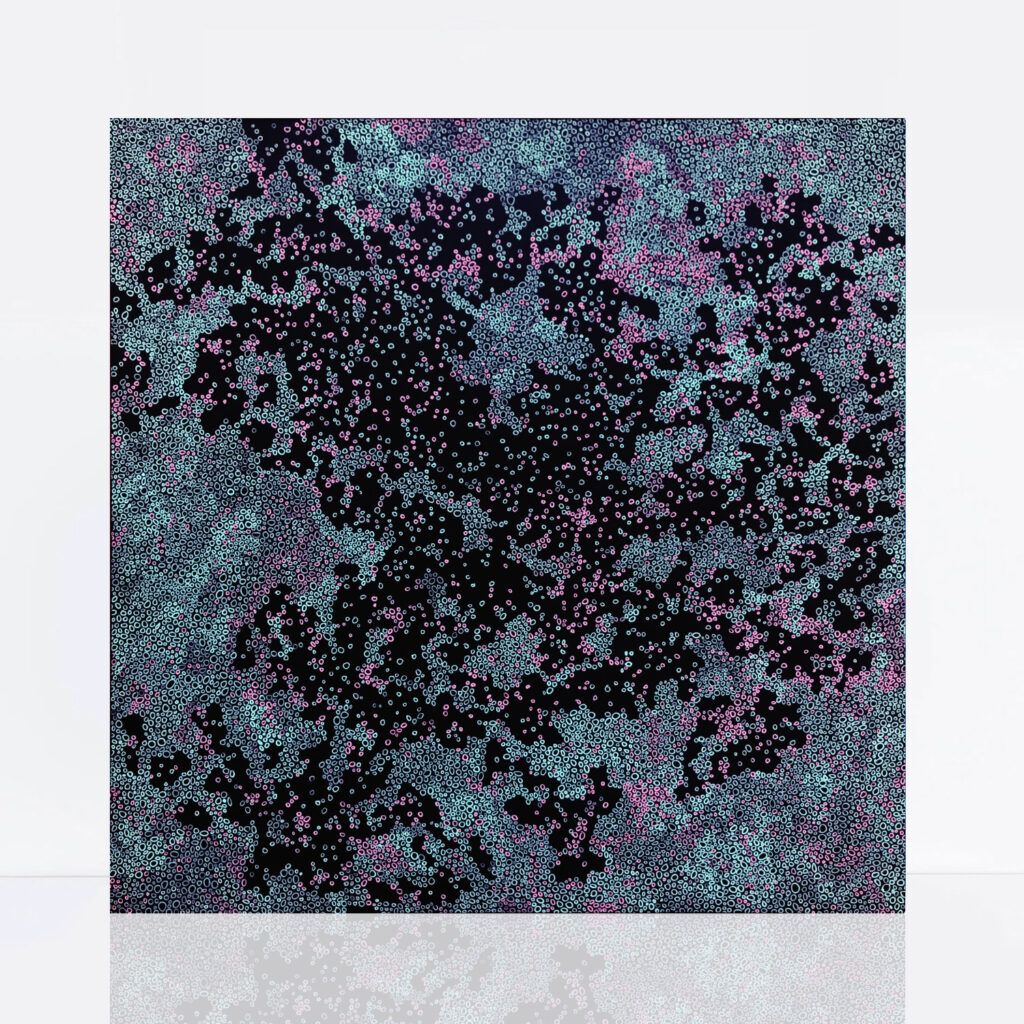I am honored to share my story with the Visual Snow Initiative community, in hopes that it helps others who are new to the condition understand that they are not alone and that there is a path to overcoming it.
I have struggled with ADHD my entire life, and as I entered my sophomore year of high school, I decided that medication would give me the best chance at academic success. My goal was to improve my grades and prepare for college. I was also very active in sports, having participated in baseball, swimming, and soccer in middle school, and transitioning to wrestling and football in high school. After earning a varsity letter in wrestling and improving in multiple football positions as a freshman, I was excited to start my sophomore year with a renewed focus and determination. I was always an athletic, happy-go-lucky teenager, at the center of every rally or event, and loved being friends with everyone.
In July 2022, I began treatment for ADHD with a stimulant medication, but it caused severe side effects. After discontinuing it, I switched to a non-stimulant medication, which helped my focus. The start of the school year was going well—I was excelling in academics, sports, and my social life. I was in great spirits, feeling the best I ever had with my ADHD under control. However, after about two months, things changed unexpectedly. One day during football practice, I started having trouble breathing, accompanied by severe acid reflux and a sensation of my throat closing up. My parents took me to an ENT specialist, who diagnosed me with abnormal vocal cord movement and acid reflux, and I was given medication. But the next day at football practice, things took a turn for the worse. I became lightheaded, and my vision was filled with vivid colors and flashing dots. It was difficult to describe what I was seeing. I felt like I was going to pass out and decided to go home, hoping it was just dehydration or poor nutrition.
When the symptoms didn’t subside, I visited an ophthalmologist. Although my exam came back normal, he mentioned the term “visual snow” but wasn’t certain what I had. I discontinued all medications in case they were contributing to my symptoms.
Initially, I began to improve, which gave me hope that the medication was the cause. However, instead of completely recovering, the symptoms worsened. I saw dense static, flashing dots, shapes that weren’t there, and trailing images. I was cold, sweaty, and felt incredibly lightheaded. I ended up in the ER and was admitted to the hospital, where I was seen by various specialists. Despite undergoing an MRI, EEG, and bloodwork, all my tests came back normal. The doctors were unsure of what was happening and offered no clear treatment plan. I was given migraine medication, which helped to some extent, but my symptoms persisted. Eventually, I was sent home without answers. I could no longer exercise and felt detached from reality. I also began experiencing significant depersonalization and derealization, feeling like a robot going through the motions of life. This terrified me, but I later learned that these were common symptoms of the condition.
Doctors suggested my symptoms could have been triggered by the stress of feeling like I was choking on acid reflux or from one of the medications I was taking for ADHD or reflux. My parents sought out specialists, but most local doctors were unfamiliar with visual snow or lacked the expertise to help. That’s when we found the Visual Snow Initiative. We reached out to several doctors listed on the website, but many were out of state, and after months of trying, I was unable to secure an appointment. Despite seeing multiple medical specialists, we hit a dead end.
I realized that I had to take control of my life and not let this condition define me. I began reading extensively about visual snow and its associated symptoms. I learned techniques to manage the condition and joined an online group called Tribe Aggression, which focused on mindset and self-improvement. Through this group, I learned to set daily goals, follow a structured routine, and focus on what mattered most. I started waking up at 4 AM, meditating, exercising, and organizing my day. I developed wellness strategies centered around diet, nutrition, and exercise, and cultivated an unbreakable mindset with the help of my coach and community members.
The symptoms of visual snow remained, but they no longer controlled me. I started my junior year on a positive note—my grades were the best they had ever been, and I was in the best shape of my life. I continued this journey, improving day by day. There is hope for anyone new to this condition. I was able to reverse the depersonalization and derealization and found strategies to minimize the impact of visual snow. I am grateful to the Visual Snow Initiative for helping me understand that I am not alone and that success is possible. The achievements of the leaders and members of this community inspire me, and I hope my story inspires you too.







